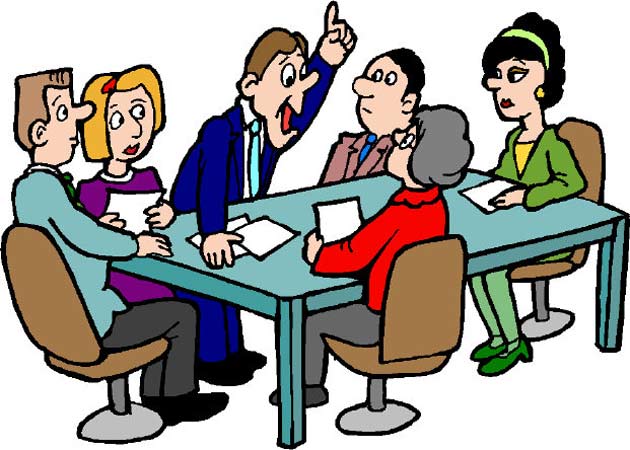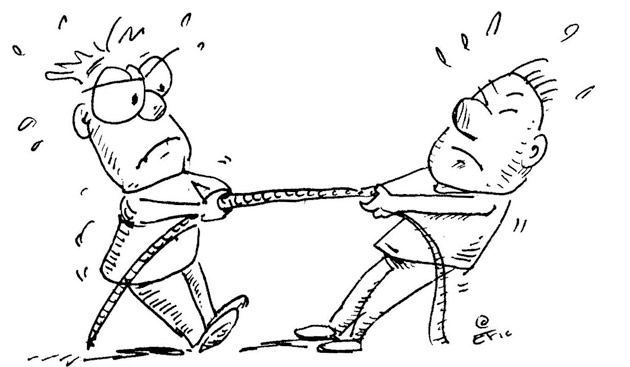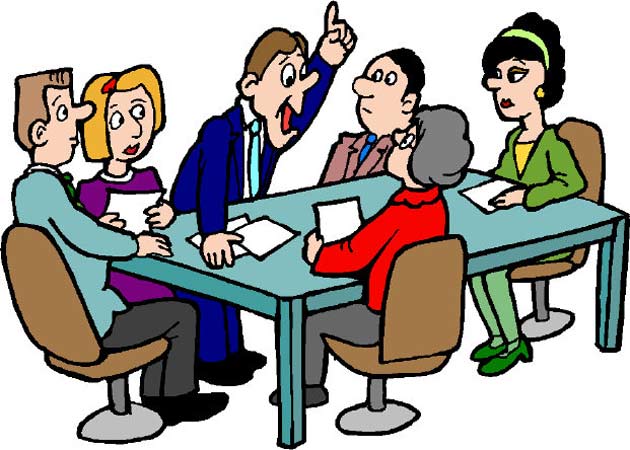Andy Trainer
1 Nov 2013
How to Train Groups: The Stages of Group Development
Are you a new trainer? Does the idea of training a large group bring you out in a cold sweat? Is even picturing them naked just not helping to calm your nerves?
Well sweat no more and banish those nudes from your mind. There's a simple way to face groups and deal with the various challenges they may offer.
All it takes is an understanding of the dynamics of group development. Once you know how groups of people function and develop, it becomes simple to deal with them and simple to teach them.
We explore the subject of group development in depth on our Brighton-based Train the Trainer Course, which is the ideal course for those new to training looking to build their knowledge and confidence in the discipline.

So when facing groups in training, what you need to remember is that all groups will go through four stages of development. Here, I'll outline what those stages are and how best to deal with them from a trainer's perspective.
Training Groups Stage 1 - Getting Acquainted
Initial meeting, welcome and early stages of training
In this first stage, some or many of the participants will exhibit signs of nervousness and will be uncertain about how to get involved.
This uncertainty will translate into hesitancy in any situation that requires participation from multiple or all group members.
As yet, the group norms or 'rules' have not been set and so each member will be tussling with the boundaries of what is and isn't okay.
This can be a difficult stage for all involved so it's important for the trainer to be sensitive to the needs of the group and individuals.
How to Manage Stage 1 as a Trainer - Tips
- You as a trainer need to set the tone for activities and group interactions.
- At this point structure and boundaries are key, so be firm (this doesn't necessarily require an 'Iron Fist' approach) and make sure everyone understands what is expected of them.
- Use plenty of ice-breaking tactics to get the group comfortable with each other and with you.
- Don't expect too much in terms of productivity at this stage - nervousness mixed with excitement will make delegates less inclined to 'knuckle down'.
Training Groups Stage 2 - Power Struggles
Midway through first session, potentially until first break or ending of first major task
This is where the fun starts! At this point group members will start to fill roles associated with their basic personality traits. In other words, assertive group members will start coming out of their shell, dominating discussions and taking the lead in activities.
Meanwhile more passive group members will happily sit aside and allow this to happen. They may be reluctant to contribute to discussions.
Essentially though, while this stage may result in some instability, the fact that group members are feeling comfortable enough in their environment to 'be themselves' is a good thing.
Do not be surprised if some characters clash, conflict or it seems as if others are missing out. This stage is both natural and essential in developing the group and won't play out as the final structure.
Each person wants to feel a sense of individual importance and influence on the group at this stage (even the quieter ones) as responsibility is shifted to them (from you) upon moving into moderate levels of group maturity.
It's still the trainer's responsibility to begin finding a balance between all these contrasting elements.

How to Manage Stage 2 as a Trainer - Tips
- Begin to identify the different personality types within the group. Keep an eye out for any potential clashes.
- Try not to become too consumed with the activities of the louder, more active members. Ideally, there should be no reason to neglect any group member.
- Confidence building techniques are key to drawing out the best from the less assertive members of the group. Don't isolate them either, make them feel included as valued members of the group.
- Let each member 'find their niche' - each will have one. This in itself is a confidence building exercise and makes the individual feel useful and valued.
- Encourage and foster the exchanging of ideas and even debate between group members (within reason) as at this stage, it's less about harmony and more about getting everybody 'on board'.
Training Groups Stage 3 - Getting On
Early sessions pre-lunch/first-day
Things should now start to become a little easier. Unless you're dealing with particularly difficult people, a more appropriate group dynamic should have begun to emerge.
Group members will have begun to build bonds with each other and hopefully with you too. This equates to a more comfortable environment where people are less concerned with finding their place or proving their point and more interested in the actual business of learning and helping the group.
Of course, this will not always play out. Some group members may prove to be barriers, in which case a more concerted effort and individual attention will be required.
Generally though, group members will begin to start taking responsibility for their decisions and attempt to overcome any conflict that may have arisen.
At this stage, the group will be competent at tasks but may need assistance and support in terms of relationships.
How to Manage Stage 3 - Tips
- As much as possible, let the situation 'play out'. The end goal is to have a semi-autonomous group so take a step back if you can.
- Foster the bonds between members. Emphasise how well pairs or the group as a whole works together.
- Spend this time focussing on any 'difficult' group members, bringing them in line with the needs and actions of the rest of the group.
Training Groups Stage 4 - Working Together
Post-lunch/second day
Peace! That should be the end result of all this group development.
This stage is characterised by harmony among group members. Individuals become empathetic to the needs and choices of others and the group as a whole.
This is not to say that they neglect their own development in favour of the group's, but they will certainly think about how what they do can impact and benefit the unit.
Decision-making and problem solving will be shared within the group.
Most importantly, the group should now be almost entirely autonomous. Decisions will generally be made and conflicts resolved without your involvement. Obviously, as a facilitator, it is your role to step in when required but on the whole, responsibility should be given to and will be taken by the group.
How to Manage Stage 4 - Tips
- Be aware that your role is almost entirely consultative at this point. The group should be almost teaching itself with you purely as facilitator.
- Don't be afraid to step in if the group shows signs of regression and of course, don't just assume the group can do without you entirely. No napping I'm afraid!
- Congratulate yourself on tackling the group training session successfully!
And there you have it! How to get to grips with group development as a means to implementing successful group training.
If you're struggling with other aspects of your training, take a look at our Coaching Courses or if you feel you need to develop your own personal skills, our Personal Development Courses will be ideal.
